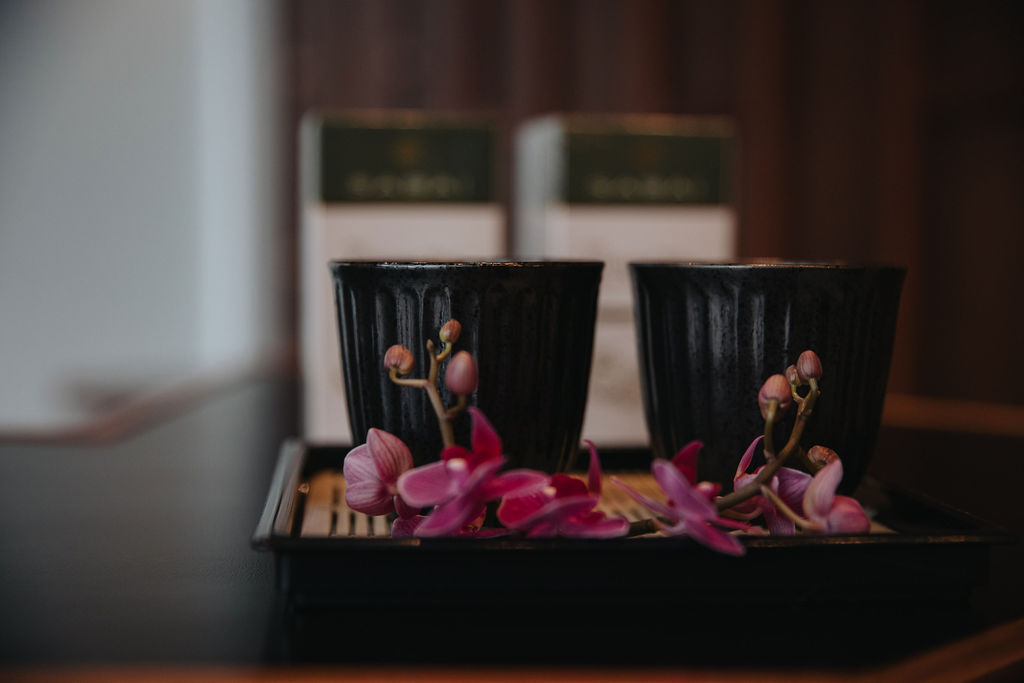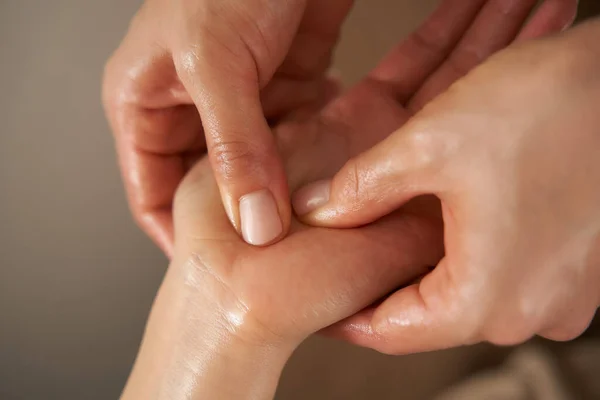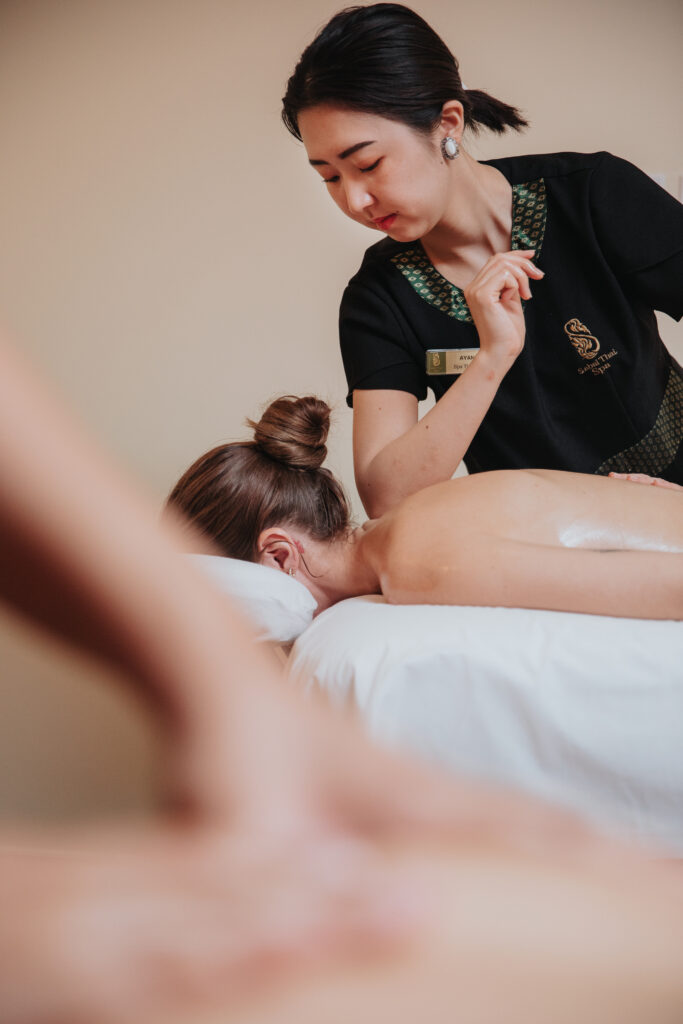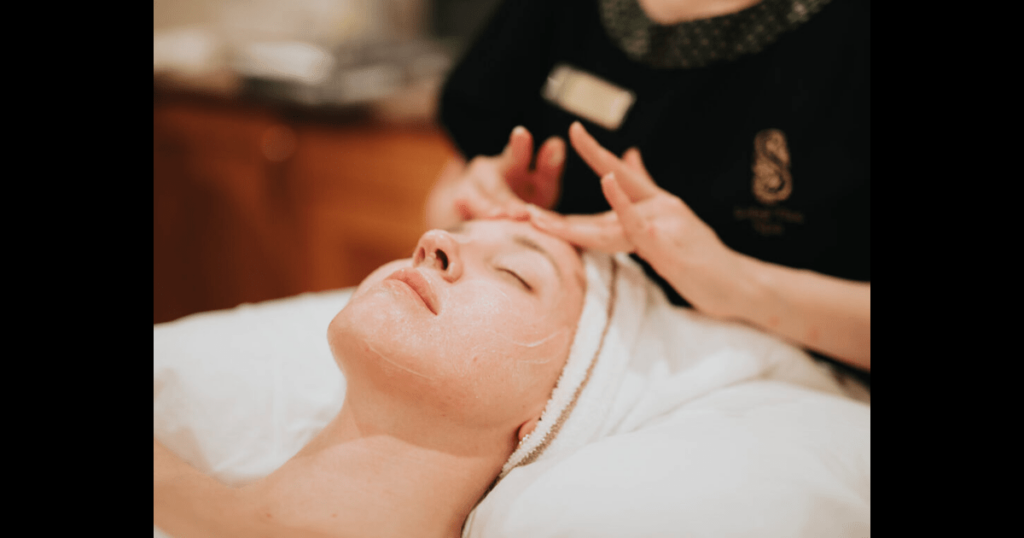Thai massage, an ancient Southeast Asian practice, combines physical manipulation and energy work to provide unique wellness benefits. This technique offers therapeutic relief by applying pressure to specific points on the body, known as acupressure. This guide’ll explore Thai massage acupressure points’ origins, benefits, and applications.
Understanding Acupressure Points
Acupressure points, also known as pressure points or trigger points, are specific locations on the body where applying pressure can elicit a therapeutic response. These points are believed to be connected to various body organs, systems, and energy pathways.
How Many Acupressure Points Are There?
While the exact number can vary depending on the specific healing tradition, it’s generally accepted that there are hundreds of acupressure points throughout the human body. In Traditional Chinese Medicine (TCM), for example, there are 361 classical acupuncture points, many of which correspond to acupressure points used in Thai massage.
The Sen System
In Thai massage, practitioners work with a system of energy lines called “Sen.” Ten main Sen lines run throughout the body, and many of the essential acupressure points in Thai massage are located along these pathways. Thai massage aims to restore balance and promote healing by working on these lines and their associated points.
Key Thai Acupressure Points
Thai massage utilizes a variety of acupressure points throughout the body. These points are believed to be gateways to our body’s energy system and, when stimulated correctly, can promote healing and balance. Let’s explore some of the most critical areas:
Head and Neck Points
The head and neck region contains several essential acupressure points that can help alleviate tension and headaches and promote relaxation. Some key points in this area include:
- The temples
- The base of the skull
- The center of the forehead
- Points along the hairline
Upper Body Points
The upper body is home to numerous acupressure points that can address various issues, from shoulder tension to digestive problems. Key areas include:
- The shoulders and upper back
- The chest and sternum
- The arms and hands
Lower Body Points
Acupressure points in the lower body can help digestion, circulation, and lower back pain. Important areas include:
- The lower back
- The hips and buttocks
- The legs and feet
Acupressure Points for Head Pain and Headaches
Headaches and migraines are common complaints that can often be addressed through targeted acupressure. Explore some of the most effective Thai massage acupressure points for head pain.
Temple Region Points
The temples have several powerful acupressure points that relieve headaches and tension. Gentle circular massage on these points can help alleviate pain and promote relaxation.
Crown of the Head Points
The crown of the head contains several essential points that, when stimulated, can help reduce headache pain and promote a sense of calm. These points are often massaged in a circular motion using the fingertips.
The base of the Skull Points
The area where the skull meets the neck is rich in acupressure points for headache relief. Applying firm but gentle pressure to these points can help ease tension headaches and neck pain.
Hand Acupressure Points in Thai Massage
The hands contain a multitude of acupressure points that correspond to various parts of the body. Here are some key hand acupressure points used in Thai massage:
Palm Points
The palm contains several essential acupressure points that can address issues throughout the body. These points are often massaged using the thumb or a massage tool.
Finger Points
Each finger is associated with different organs and systems in the body. Massaging specific points on the fingers can help address issues ranging from sinus problems to digestive upset.
Wrist Points
The wrist area contains several important acupressure points that can help with issues such as anxiety, nausea, and insomnia. These points are often massaged using gentle circular motions.
Techniques for Applying Pressure
The effectiveness of Thai massage acupressure largely depends on how pressure is applied to the body’s energy points. Skilled practitioners use various Thai massage techniques to stimulate these points, each serving a specific purpose in the healing process. Let’s explore the primary methods:
Types of Pressure
In Thai massage, practitioners use various types of pressure to stimulate acupressure points effectively:
- Steady pressure: Applying consistent pressure to a point for a sustained period
- Pulsing pressure: Alternating between applying and releasing pressure
- Circular pressure: Moving in small circles while maintaining contact with the point
Using Different Parts of the Hand
Thai massage practitioners skillfully use different parts of their hands to apply pressure, including:
- Thumbs
- Fingertips
- Palms
- Knuckles
The Importance of Breath Coordination
In Thai massage, the practitioner’s breath is synchronized with their movements and the application of pressure. This coordination helps to create a rhythmic flow and enhances the overall effectiveness of the treatment.
Common Thai Massage Acupressure Points and Their Benefits
Thai massage incorporates a variety of acupressure points, each associated with specific health benefits. Understanding these points and their effects can help you appreciate the depth and power of this ancient healing art.
Stress Relief Points
Thai massage incorporates several acupressure points known for their stress-relieving properties. These include:
- The third eye point (between the eyebrows)
- The ear gate points (just in front of the ears)
- The inner wrist point
Digestive Health Points
Specific acupressure points are believed to support digestive health. Key points include:
- The stomach point (located on the upper abdomen)
- The large intestine point (on the back of the hand)
- The spleen point (on the side of the abdomen)
Circulation Improvement Points
To promote better circulation, Thai massage practitioners may focus on points such as:
- The Zu San Li point (below the knee)
- The Tai Chong point (on top of the foot)
- The He Gu point (between the thumb and index finger)
Integrating Acupressure into a Thai Massage Session
Acupressure in Thai massage isn’t a standalone technique—it’s woven into the fabric of the entire session. This integration creates a holistic experience that addresses the body’s needs on multiple levels. Here’s how it typically unfolds:
Sequence and Flow
In a typical Thai massage session, acupressure techniques are seamlessly integrated with other elements, such as energy line work and stretching in Thai massage. The practitioner follows a systematic approach, usually starting from the feet and working up to the head.
Combining Stretches with Acupressure
One of the unique aspects of Thai massage is its incorporation of yoga-like stretches. These stretches are often combined with acupressure techniques to enhance their effectiveness. For example, a practitioner might apply pressure to a point on the lower back while guiding the client through a gentle spinal twist.
Duration and Intensity Considerations
The duration and intensity of pressure applied to each point vary depending on the client’s needs and preferences. Typically, pressure is used for 5-30 seconds per point, with the intensity adjusted based on the client’s response and the specific goal of the treatment.
Precautions and Contraindications in Thai Massage Acupressure
While Thai massage acupressure can be incredibly beneficial, it’s not suitable for everyone in every situation. Understanding when to be cautious or avoid specific techniques is crucial for practitioners and recipients. Let’s look at some important considerations:
When to Avoid Certain Acupressure Points
While Thai massage acupressure is generally safe, there are certain situations where caution is advised:
- During pregnancy (especially at specific points on the abdomen and ankles)
- In cases of acute injury or inflammation
- For individuals with certain medical conditions, such as blood clotting disorders
Practitioners should always know their client’s health status and adjust their techniques accordingly. For pregnant women, special care is taken to avoid points that could stimulate contractions. People with certain health conditions may require a gentler approach or avoiding specific points.
Transform Your Well-being: Book a Thai Massage to Target Key Acupressure Points Today
Thai massage acupressure points are a powerful way to promote health and well-being. Learning and experiencing this ancient practice can tap into profound healing and rejuvenation.
If you’re in Vancouver, consider visiting Spa North Vancouver for authentic Thai massage services. These spas employ skilled practitioners who provide transformative experiences.





